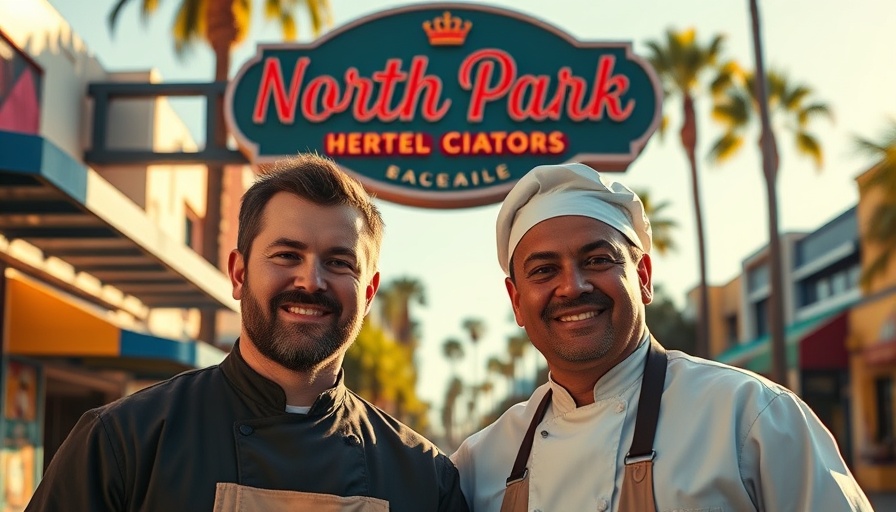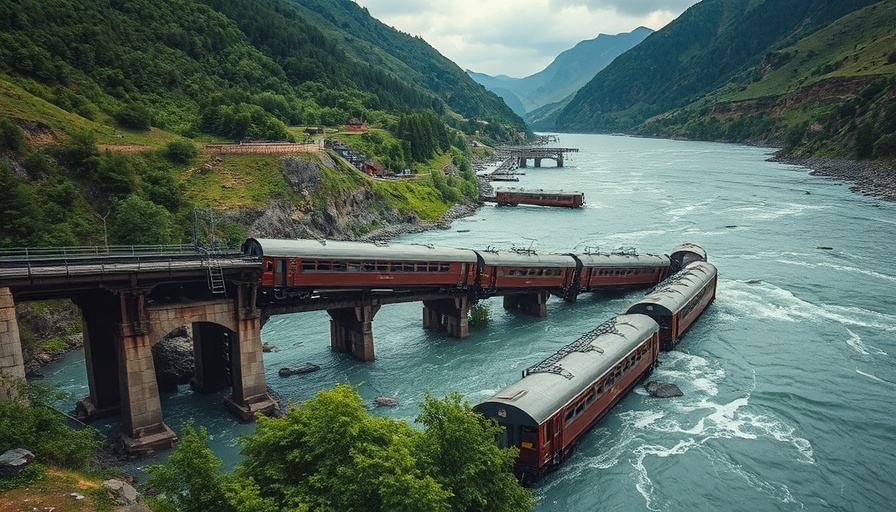
San Diego’s Urban Housing Boom: Walkability’s Rising Importance
In recent years, San Diego has witnessed a significant change in its housing landscape: a concentrated boom in urban, walkable neighborhoods. From 2018 to 2024, nearly 30% of the city’s new housing permits were issued in areas such as downtown, Bankers Hill, Hillcrest, and North Park. Notably, these neighborhoods combined represent less than 3% of the city’s entire land area. This trend not only reflects a shift towards higher density living but also highlights a burgeoning preference among residents for vibrant, accessible communities.
The Shift in Housing Policy
The evolution of San Diego's housing trends can be traced back to zoning changes introduced around 2016. Leading city officials recognized the necessity for more housing solutions and began to rezone key neighborhoods. The result? An uptick in apartment complexes and high-rise structures. While some long-time residents are adjusting to these developments, city officials argue that building in denser areas can provide essential funding for local infrastructure improvements.
Challenges Hidden Behind Progress
However, this transition isn't without its challenges. Many residents are feeling the strain of a competitive housing market overwhelmed by demand. As smaller homes become more prevalent, affordability is becoming a primary concern. Residents who love the walkability and community spirit of neighborhoods are often confronted with the harsh reality of rising rents and limited options. Hence, while the housing boom signals a positive step toward urban growth, it also brings with it the dilemma of maintaining livability and affordability.
Balancing Growth and Community Needs
The challenge extends beyond just numbers. Residents and city planners must focus on the broader implications of such rapid development. As more families and individuals flood these areas, the infrastructure that supports them—public transport, parks, schools—must also expand and adapt to meet the increased needs. This pins the hope of creating a balanced, sustainable urban community squarely on urban planners' shoulders.
Local Perspectives on the Housing Boom
For many San Diegans, particularly those who have long called urban enclaves home, the changes stir mixed feelings. On one hand, new developments promise revitalization and innovation; on the other, they evoke nostalgia for quieter times before the high-rises and increased foot traffic. Engaging local voices in discussions about future developments can be crucial—balancing enthusiasm for growth with the necessity for preserving community values.
Conclusion: Embracing Change While Staying Grounded
As San Diego continues to evolve, it’s important for residents and city officials alike to find common ground in the face of change. This urban housing boom presents opportunities to redefine what community living means. By fostering an inclusive dialogue about developments and their implications, we can hope to shape a city that not only accommodates growth but does so with respect for its residents’ needs and history.
As the situation evolves, residents are encouraged to engage with city planning meetings and community forums, ensuring their voices are heard in shaping the future of their neighborhoods. The balance between progress and community connection is delicate, but achievable.
 Add Row
Add Row  Add
Add 




Write A Comment